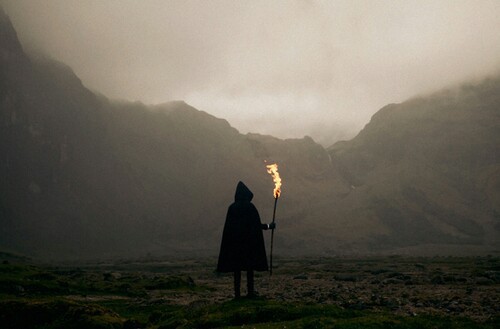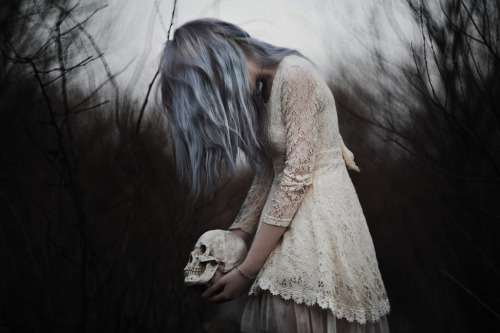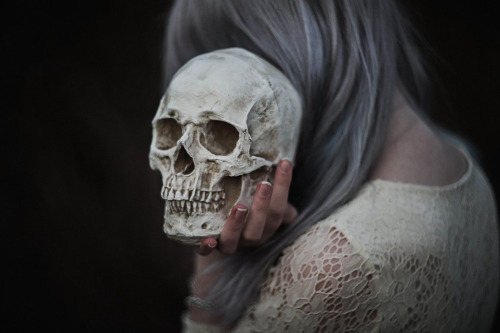Katherine Frances's Blog, page 369
May 10, 2015
jeromeof:
Fallen from the Olympus http://ift.tt/1H6UqRk
art-of-swords:
Dagger Walking StickCulture:...
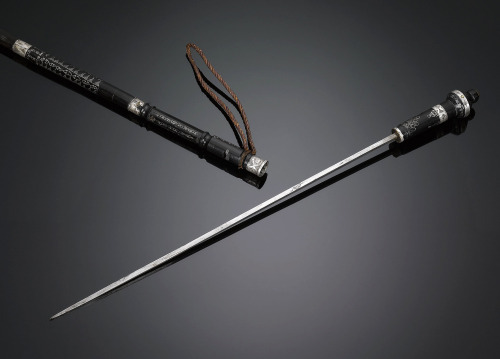
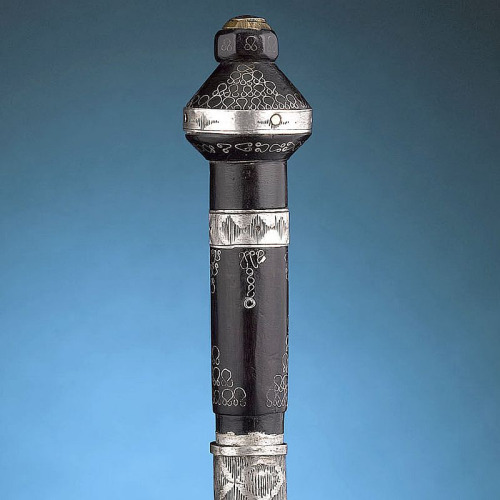
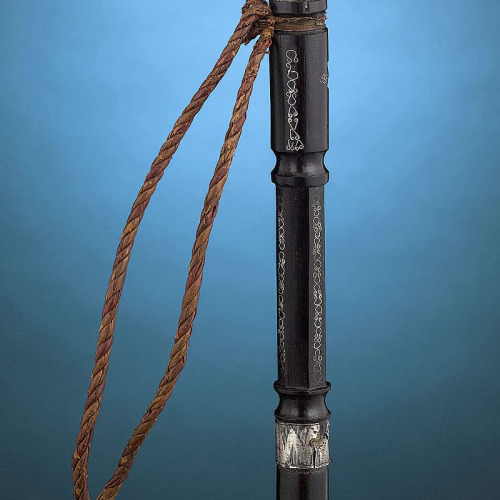


Dagger Walking Stick
Culture: Persian
Measurements: overall length 35 ¼ inches (89.5cm)
Provenance: from the ‘Catherine Dike’ CollectionMasterfully crafted with a decorative silver inlay, this Persian walking stick conceals a dagger .This cane is appears on page 294 of “Canes in the United States: Illustrated Mementoes of American History 1607-1953″, 1994, by Catherine Dike.
Source: Copyright © 2015 M.S. Rau Antiques
May 9, 2015
"You are the only one who didn’t wear gloves when touching my life."
- ratsrunningrampant (via wnq-writers)
"Conversation in its true meaning isn’t all wagging the tongue; sometimes it is a deeply shared..."
- Robertson Davies, The Rebel Angels
(via quotethat)
hannahmklein:
Untitled (If Only I Could Reach You)
Altered Book...


Untitled (If Only I Could Reach You)
Altered Book and Silkscreen, Fall 2009
(Also Feautured in Taken Space: An Exhibition of Queer Art, May 2012, Oberlin, OH)
promptsgalore:
Write about coming to terms with the unfair way the world works.
Writing the Falling Action
So, your story has hit its climax. The moment your readers
have been anticipating since the beginning of the novel has arrived, but where
does it go from there? At the turning point of any story, there needs to be
something important that happens after it—ultimately leading to the resolution.But what’s the falling action and why does it matter?
Here are a few things
the falling action should accomplish:Address the aftermath
of the climaxThe climax is a big moment that has major impact on your
novel. Clearly, your characters shouldn’t just move on without feeling sometime
or addressing that impact. What will your characters do next? How will they get
over what just happened? Use the falling action to let your characters (and
readers) take in what occurred. What are the consequences?Unpack the conflict
The conflict should begin to unravel at this point. If your
protagonist had to make a tough, life-changing decision, how does that change
the conflict? Remember, you’re leading up to the resolution now, so there
should be very few new problems introduced. How has the conflict changed? What
will your heroes/villains have to do now?Helps correctly pace
the novelFalling action isn’t all about the aftermath and conflict,
it also helps flesh out your novel so it doesn’t end too abruptly. There needs
to be more than the climax and then a few paragraphs explaining what happened
to your characters. Stories usually don’t
end on their high point! What happens after the main problem of the story has
been resolved and what are the direct effects of the climax?Builds a bridge to
the resolutionStart working to the resolution through the falling action.
Where will your characters end up? How has the story been pushing them there?
Begin tying up loose ends and figure out what everyone’s “new normal” will be.
The climax should have a direct influence on the falling action and resolution.-Kris Noel
Fact about me:
If you’re wondering if I’d like to watch a movie, first ask yourself if any type of friendly pet/animal is killed in the duration of this movie. If yes, check yourself, the answer is no.
I will cry, and mortals will pay the consequences.


